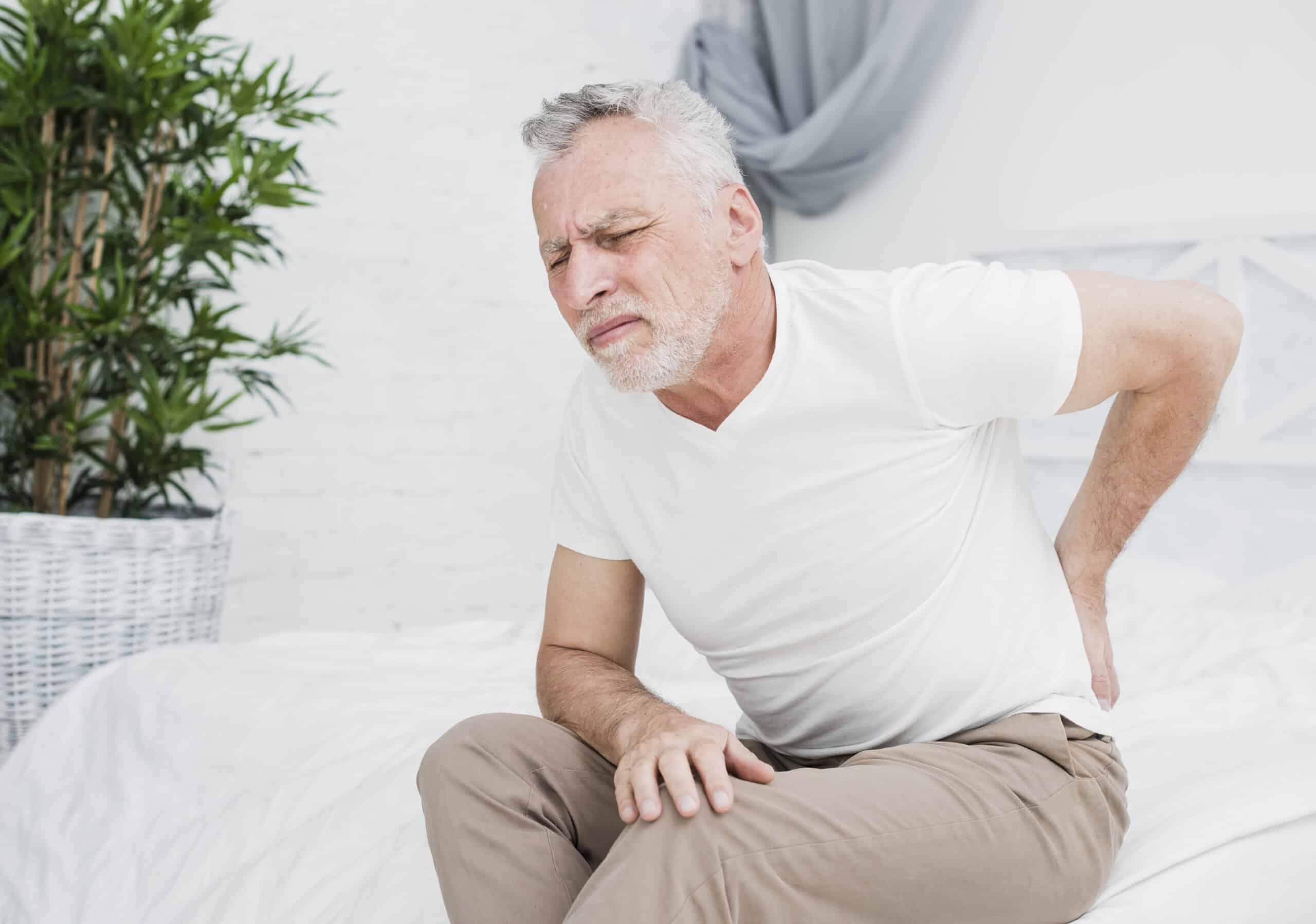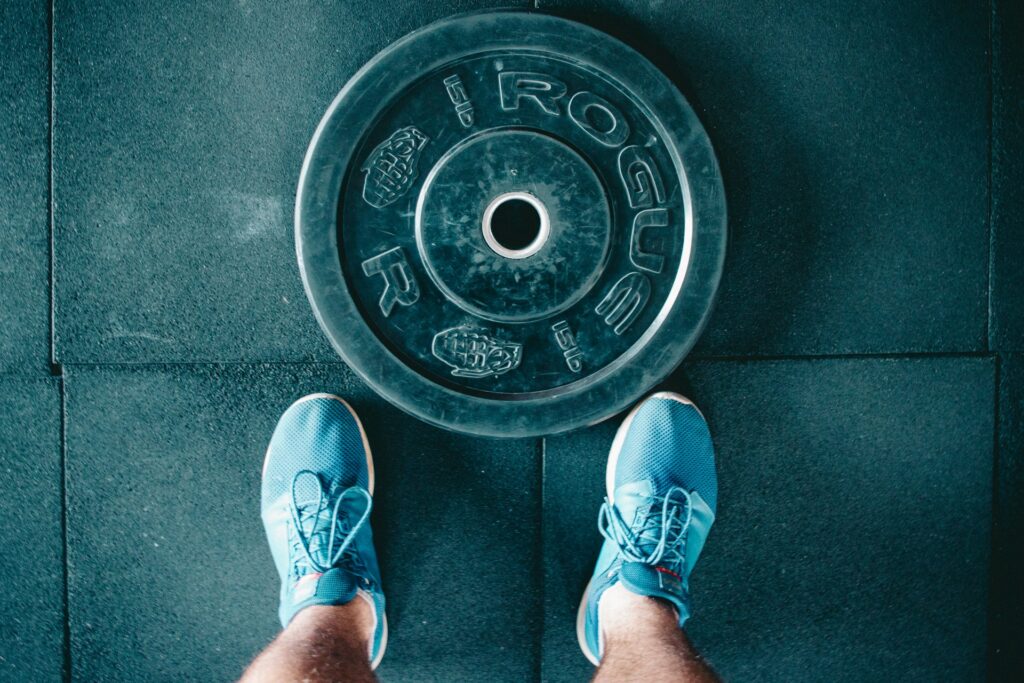Disc Prolaps / Herniated disc
Correct training & exercises against back pain
It is generally known that a slipped disc is usually very painful and restrictive. Unfortunately, however, people often only think of surgery when they talk about herniated discs. In most cases, however, effective and correctly executed training can already achieve a major improvement and thus often avoid surgery.
Regardless of whether you have just been diagnosed or are already in the healing phase – in this blog you will learn the best methods that we have been using for years to become active and pain-free again.
What is a disc prolaps?
First of all, we need to briefly define what a prolapsed disc really is. In very simple terms, a herniated disc occurs when the soft core of an intervertebral disc protrudes through the outer fibrous ring and presses on nerves in the spinal cord. This can then lead to severe pain, numbness or even restricted movement. The fibrous ring actually serves as a structuring substance to stabilize the soft core in its function of cushioning and absorbing impacts on the spine.
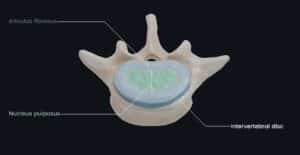
As many very important nerves run through the spinal canal, i.e. the perforated area of a vertebral body, which then exit via openings (lat. foramen) and innervate the muscles in your body, damage to these structures often occurs in deeper regions of the body. Because the innervating nerve pathways descend, you often feel a herniated disc in the lumbar spine in your legs.
Typical symptoms of a herniated disc:
– Back pain that radiates into the legs or arms
– Numbness or tingling in certain areas of the body (caused by nerve irritation)
– Muscle weakness or restricted movement
– Increased pain with certain movements or strains
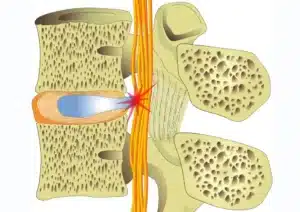
Effective methods of rehabilitation
Here are the most important guidelines that we always recommend for the rehabilitation of herniated discs. The situation will certainly be individual, but a characteristic of disc prolapses (Latin term for herniated discs) is that around 90% occur in the lumbar spine. As a result, the presentation of symptoms and the consequences of rehabilitation are usually very similar.
1. rest, but not complete rest
– Absolute bed rest is usually counterproductive – gentle movement is essential.
– However, avoid heavy lifting and jerky movements at all costs.
– Try to move regularly but in a controlled manner.
2. physiotherapy & targeted training
– Stabilizing exercises such as the forearm support (plank) to strengthen the core muscles.
– Mobilization techniques to improve the mobility of the spine.
– Stretching exercises to relieve pressure on the hips and lower back.
3. strengthening of the back muscles
A strong back stabilizes the spine and protects against recurrences. That’s why this is our main focus in training
3 examples of effective exercises that we often use in training:
– Mini plank
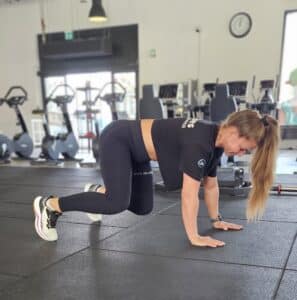
– Torso rotation on the box
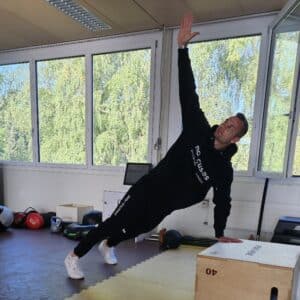
– Swimming in the prone position
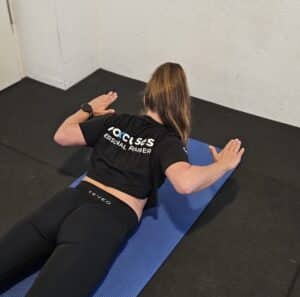
4. Observe ergonomics in everyday life
– Correct sitting posture: Use an ergonomic sitting position with a straight back. This is extremely important as we spend a lot of time sitting down.
– Lifting with a straight back: Use your leg muscles instead of straining your lumbar spine. Also called: Back-friendly lifting
– Regular movement breaks: Avoid sitting for long periods and change your position regularly. You will notice that the discomfort is usually much more noticeable after a long period of sitting.
5. nutrition & regeneration
– Anti-inflammatory diet: Omega-3 fatty acids (e.g. in salmon, linseed oil), turmeric and ginger help with regeneration.
– Sufficient fluids: Supports the supply of nutrients to the intervertebral discs.
– Sufficient sleep: Promotes cell regeneration and relaxation of the muscles.
If you follow these 5 general principles, you can effectively reduce the risk of recurrence and at the same time counteract the current symptoms extremely effectively. So it’s definitely worth it.
Studies & scientific findings
– Physiotherapy vs. surgery: A study in the New England Journal of Medicine shows that patients with conservative therapy (physiotherapy & exercise) often achieve just as good healing results as patients who have undergone surgery (source).
– Exercise as therapy: Research from the American Physical Therapy Association shows that targeted exercise is one of the best methods for relieving back pain and long-term prevention (source).
– Nutrition & disc health: A study by the National Institutes of Health shows that an anti-inflammatory diet can positively influence the regeneration of intervertebral discs (source).
These are just a few brief examples, but they already show that you should definitely consider conservative therapy if you have suffered a slipped disc. You really do have great opportunities to significantly improve your situation.
We recommend that you approach the whole endeavor with professional help and thus make the processes as effective as possible. There are many things to consider, especially when it comes to correct and back-friendly recovery training. We therefore always offer our customers with acute back problems a holistic yet highly individualized approach. Because, as mentioned at the beginning, no two situations are the same.
For a free trial appointment, please contact us and we will advise you on your options for reducing back pain.



